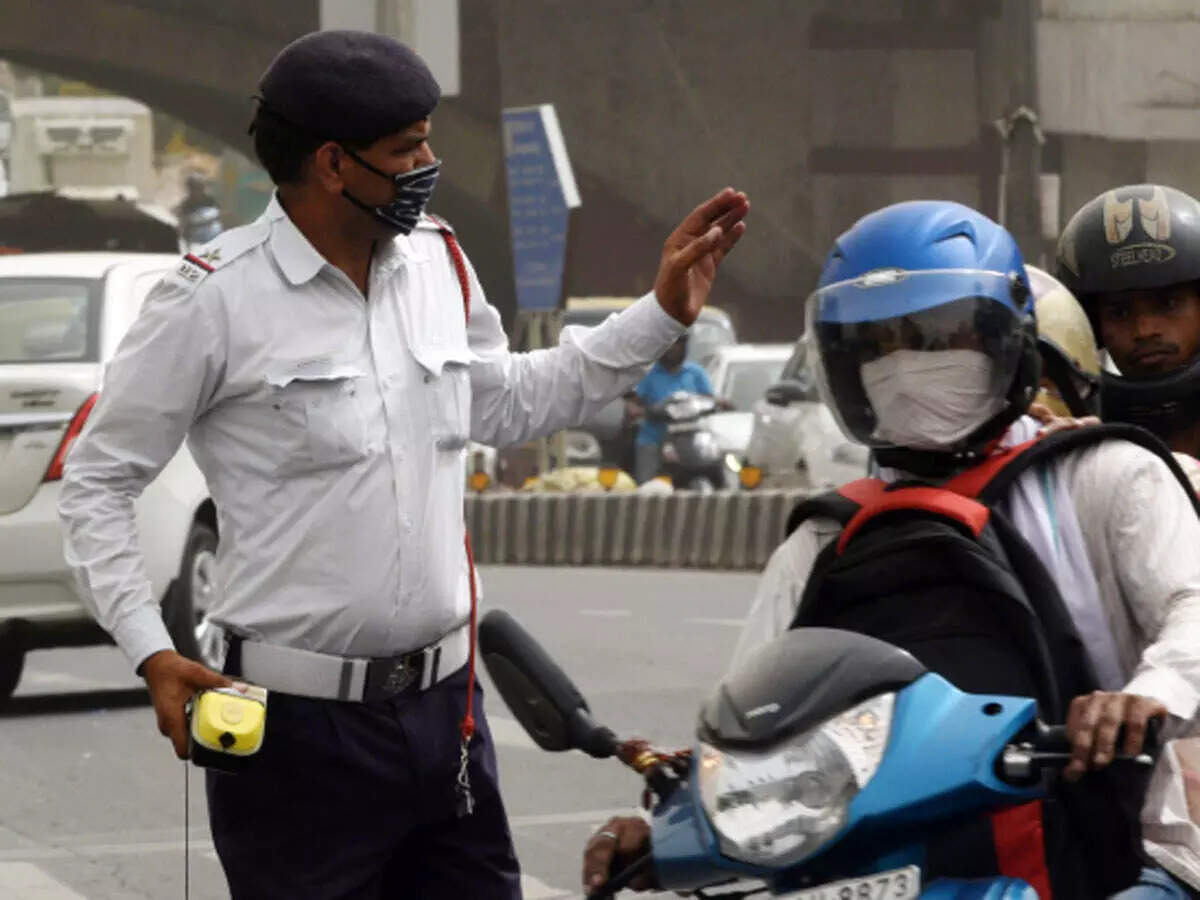
A study carried out by the researchers from Ahmedabad University highlighted that 23% or about one in every four vehicles passing traffic roundabouts in the city — circles without traffic signals — was violating traffic norms. The violation was primarily related to incorrect exit and incorrect lane change. The study has recommended improvements in road infrastructure and traffic drives to improve adherence.
The pre-print of the study, ‘Vision-based investigation of road traffic and violations at urban roundabout in India using UAV video: A case study’, was recently uploaded in Transportation Engineering, an Elsevier journal.
The paper is authored by Yagnik Bhavsar, Mazad Zaveri, and Mehul Raval of Ahmedabad University, and Shaheriar B Zaveri of Road Safety Automotive Management.
The study took city roundabouts as a case study to capture traffic movement using a stationary drone and analyzed the footage using software to track movement of individual vehicles and identify traffic issues. The study indicated that one of the most common violations reported at roundabouts was related to wrong exit where the person from the left lane may go diagonally instead of going straight or taking a left turn. Some of the violations identified by the software included driving in an anti-clockwise direction at roundabouts and the dangerous ‘shortcut’ right turns.
A small segment of vehicles was also found to be overspeeding (above 40kmph) while crossing the roundabout.
“We believe our methodology is the first to formulate a Motor Vehicles Driving Regulations (MVDR)-based traffic violation dictionary (using sections of MVDR and the movement of vehicles) for a roundabout. Our methodology has captured several categories of traffic violations based on movement of vehicles, as opposed to other works that have focused on violations of safety measures (riding triple seat on a two-wheeler, not using seat belt, use of phones while driving, and not wearing helmet).
“The outcome using our methodology helps understand linkages in traffic violations and road infrastructure and provides suggestions for law enforcement drives and policy making,” mentioned the study.

